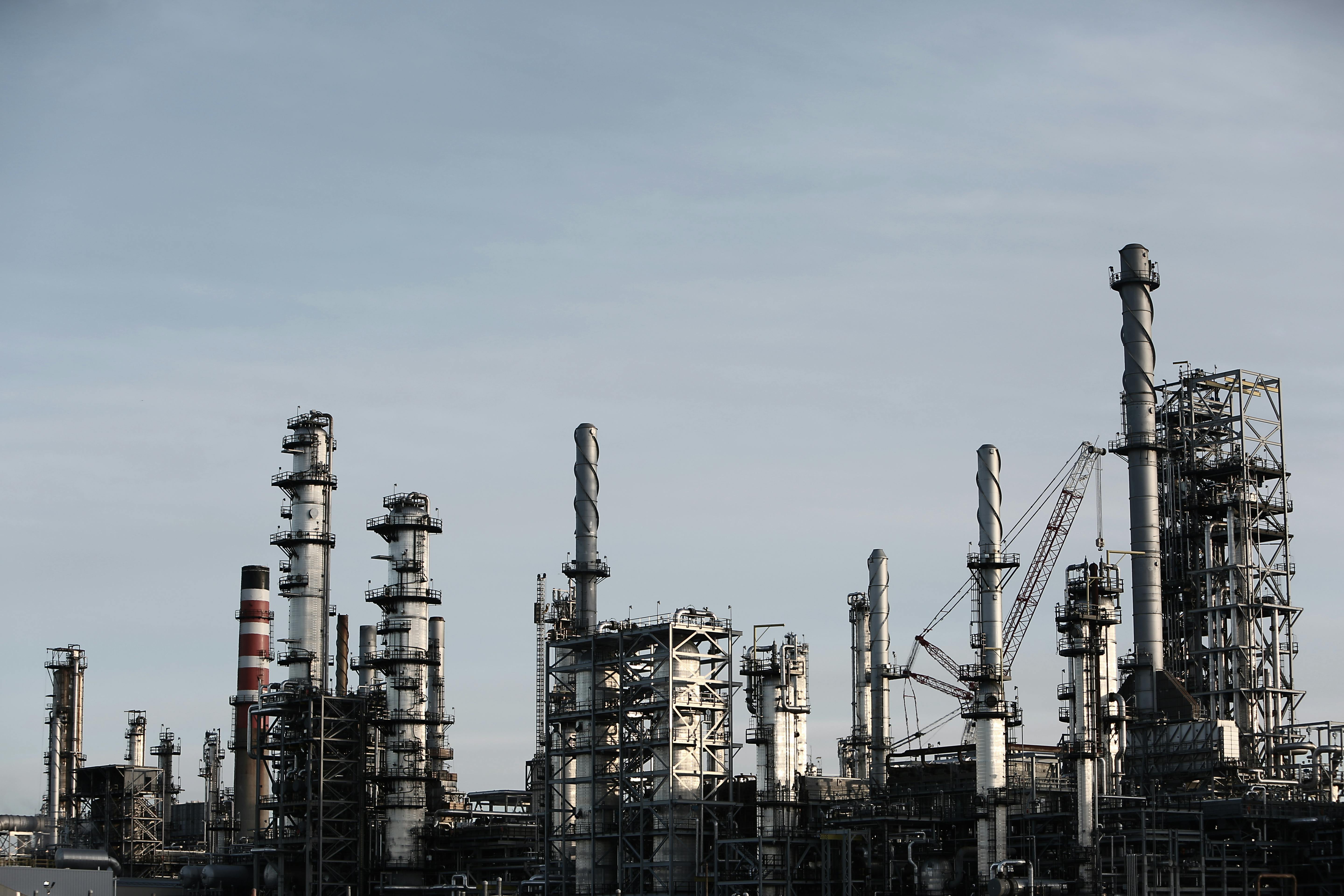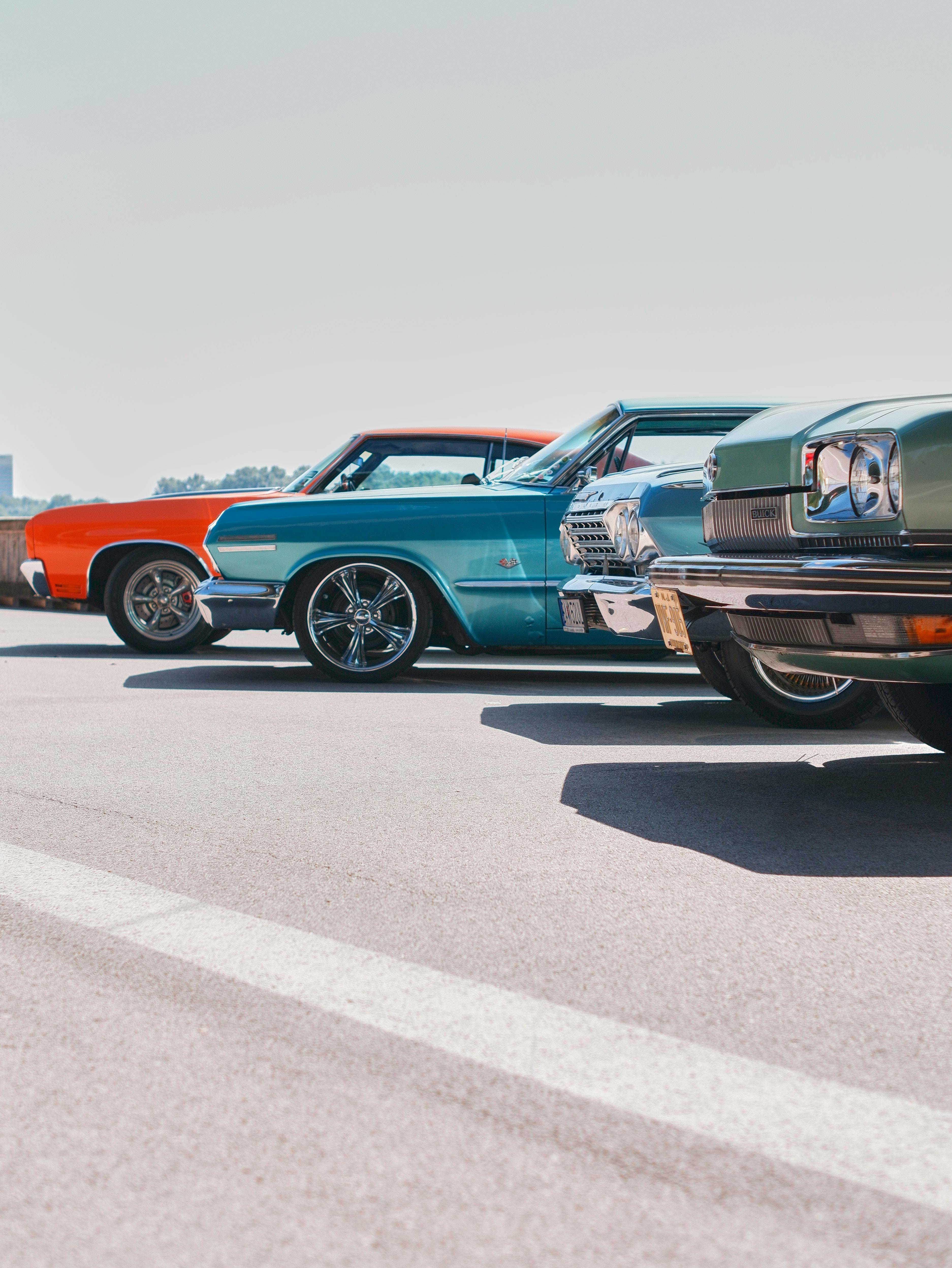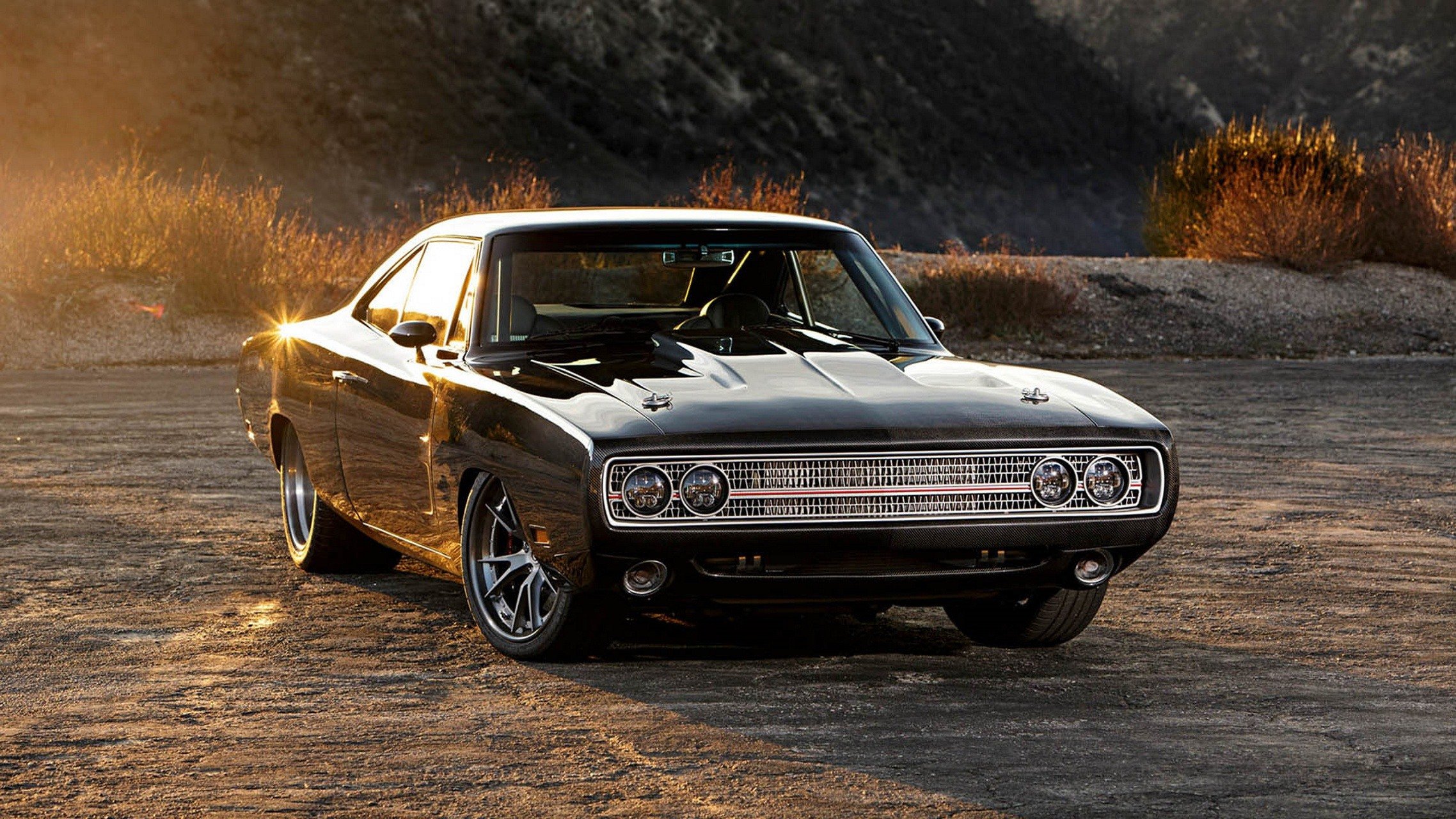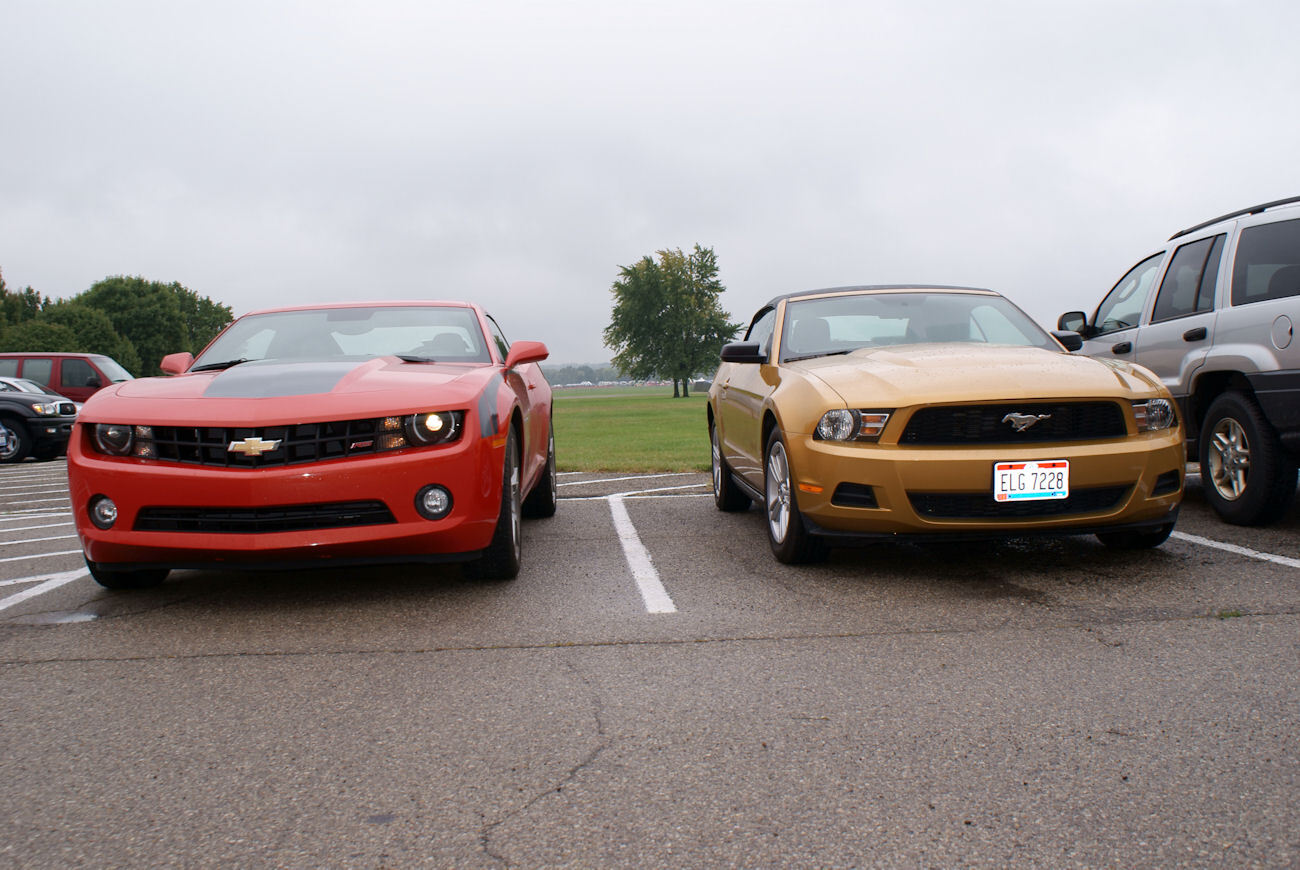How the 1970s Oil Crisis Ended the Classic Muscle Car Era
How the 1970s Oil Crisis Killed Classic Muscle Cars
The 1970s oil crisis marked the end of the golden age of American muscle cars, transforming the automotive landscape from high-horsepower V8s to fuel-sipping compacts. This article explores how soaring gas prices, strict emissions regulations, and shifting consumer preferences dismantled the muscle car era-and why classics like the Plymouth Hemi ‘Cuda and Chevrolet Chevelle SS became relics of a bygone time.
The Perfect Storm: Oil Embargo and Regulatory Crackdowns

The OPEC Oil Embargo (1973–1974)
In October 1973, the Organization of Arab Petroleum Exporting Countries (OAPEC) halted oil exports to the U.S. in response to its support for Israel during the Yom Kippur War. Gasoline prices quadrupled overnight, from $0.30 to $1.20 per gallon. For muscle cars with 7–13 MPG fuel efficiency, filling a 20-gallon tank cost up to $24-equivalent to $160 today.
| Muscle Car | MPG (City/Highway) | Annual Fuel Cost (1974) |
|---|---|---|
| 1970 Plymouth Hemi ‘Cuda | 9/12 | $1,200 |
| 1973 Pontiac Firebird | 10/14 | $960 |
Government Regulations: The Death of Horsepower
The Clean Air Act (1970) and EPA Standards
The Clean Air Act mandated a 90% reduction in vehicle emissions by 1975. To comply, automakers:
-
Installed catalytic converters (which required unleaded fuel)
-
Reduced compression ratios from 10:1 to 8:1
-
Detuned engines, slashing horsepower by 40–50%
Example: The 1970 Pontiac GTO’s 400ci V8 produced 366 HP. By 1974, the same engine made just 200 HP.
Insurance Costs Skyrocket
Muscle cars became uninsurable for young drivers:
-
A 1970 Chevrolet Chevelle SS cost $300/year to insure (vs. $100 for a Toyota Corolla)
-
States like New York imposed "supercharger surcharges" on high-performance models
By 1975, V8-powered car sales had dropped 55% compared to 1970.
The Malaise Era: From Muscle to Mediocrity
Performance Cars Lose Their Edge
Detroit’s response to the crisis birthed underwhelming "muscle cars":
-
1975 Chevrolet Camaro: 145 HP V8 (down from 375 HP in 1969)
-
1977 Pontiac Firebird Trans Am: 200 HP 6.6L V8 (marketed as a "luxury performance" car)
-
1980 Dodge Challenger: Rebooted as a rebadged Mitsubishi Galant with a 105 HP 4-cylinder
The Rise of Japanese Imports
Japanese brands capitalized on the shift:
-
Toyota Celica: 96 HP, 28 MPG
-
Datsun 280Z: 149 HP, 20 MPG
By 1980, imports held 28% of the U.S. market, up from 4% in 1965.
Cultural Shift: Muscle Cars Fall Out of Favor
From Speed to Practicality
-
1973: The 55 MPH national speed limit made high-speed performance irrelevant
-
1974: Safety regulations added 300+ lbs to vehicle weight, further reducing acceleration
-
1975: Only 63,000 Ford Mustangs sold (vs. 600,000 in 1966)
The Last Gasp: 1979 Chrysler 300
Chrysler’s final attempt to revive muscle cars featured a 195 HP 5.9L V8-a shadow of its 426 Hemi predecessor. It sold just 3,811 units.
For a broader perspective, explore our Complete History of American Muscle Cars.
Legacy and Lessons
Collector Market Boom
Classic muscle cars surged in value post-1990:
-
1970 Hemi ‘Cuda: $3.5M (2025 auction price)
-
1969 Camaro Z/28: $250,000 (up 400% since 2000)
Modern Revival
The 2000s saw muscle cars return with modern tech:
-
2005 Ford Mustang GT: 300 HP, 17 MPG
-
2025 Dodge Challenger SRT Demon 170: 1,025 HP, E85 compatibility
Conclusion
The 1970s oil crisis didn’t just end the muscle car era-it reshaped automotive priorities toward efficiency and sustainability. While classics remain cultural icons, their demise paved the way for innovations that balance power with environmental responsibility.
For assistance importing or restoring classic muscle cars, contact West Coast Shipping for expert logistics solutions.
You May Also Like
These Related Stories

The Golden Age of American Muscle Cars (1964–1973): Power & Legacy

The 6 Best 1970s Cars: Why They're Special, Car Values & Where to Buy

-093789-edited.png?width=220&height=79&name=wcs_final_logo_(1)-093789-edited.png)
